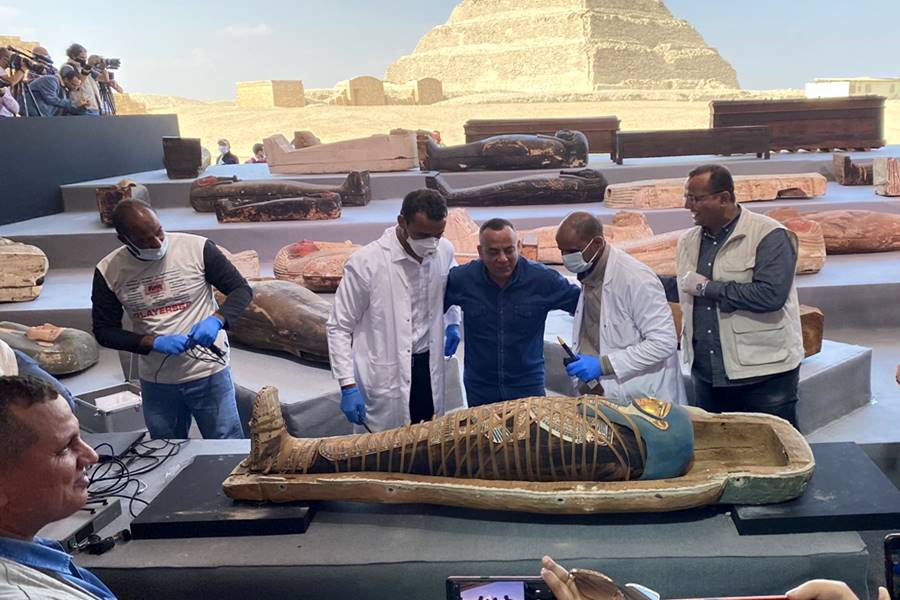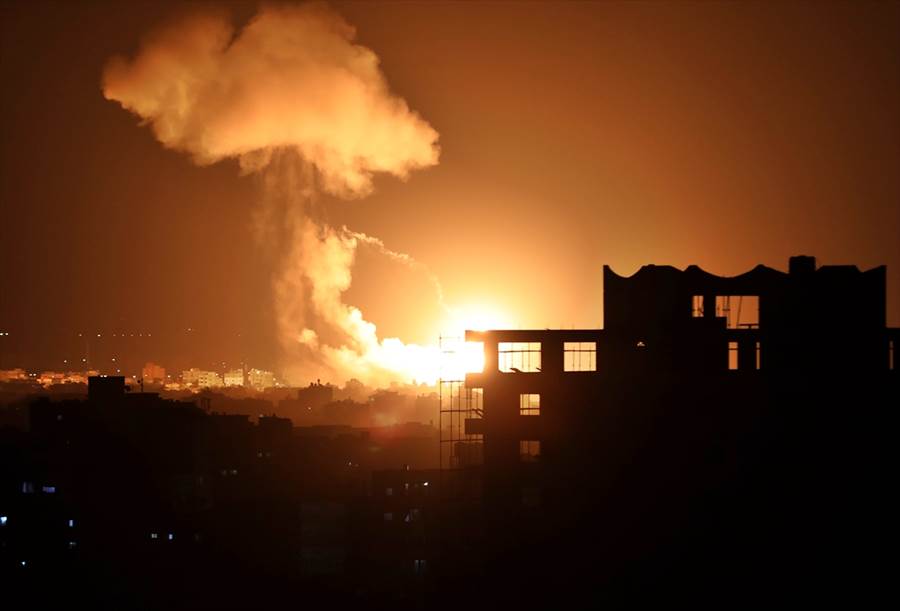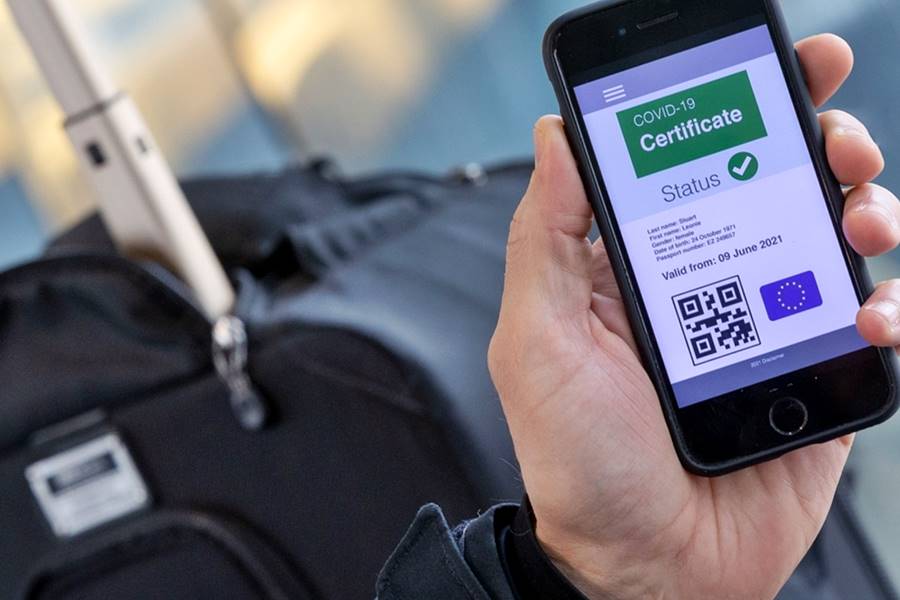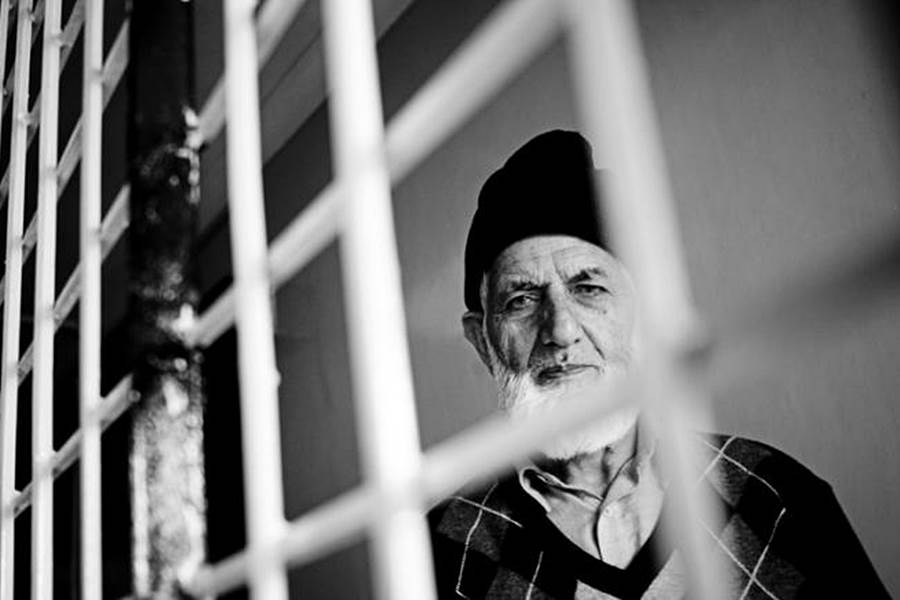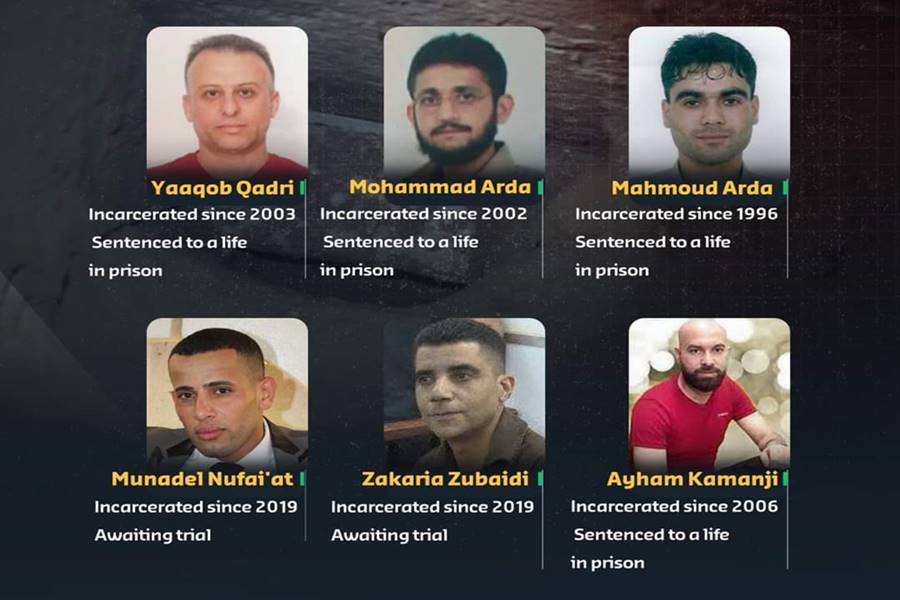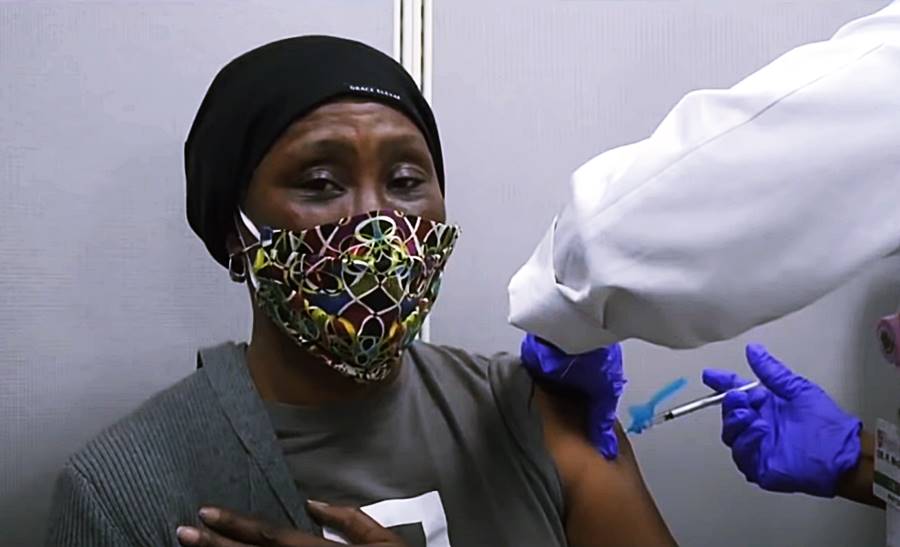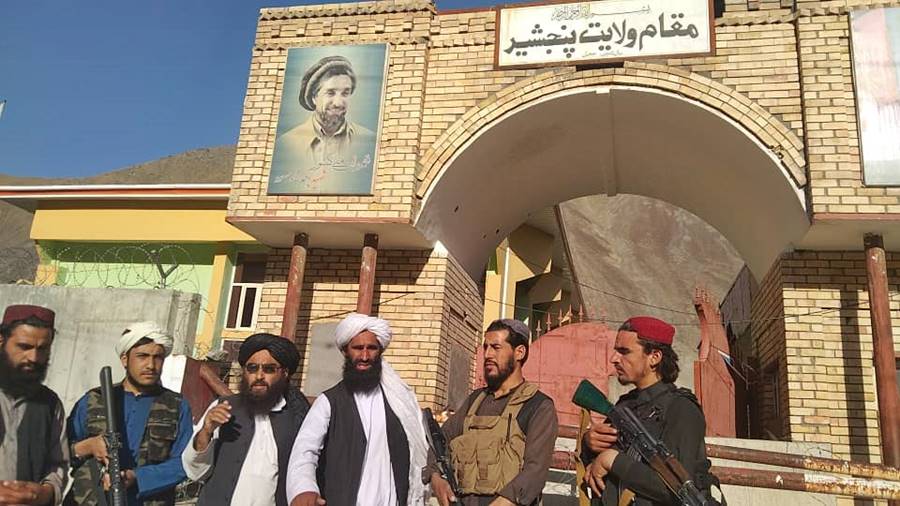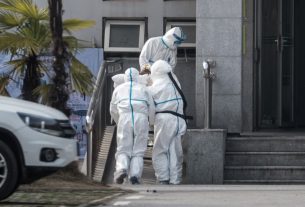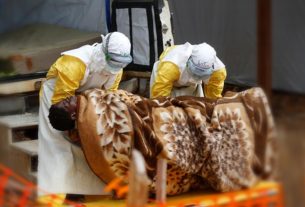Sun 14 February 2021:
Efforts to contain the spread of coronavirus and preempt its fourth wave in Iran have been dampened by a surge in new infections in some provinces and alarming spread of the UK variant of the virus.
According to officials, the sharp spike in new cases and fatalities in western provinces, bordering Iraq, Azerbaijan, and Turkey, has complicated the fight against the pandemic in the country.
Last week Sharon Peacock, the head of the COVID-19 Genomics U.K. consortium, made the prediction Wednesday during an interview with the BBC.
The more transmissible strain was first detected in the southern British county of Kent back in September, and has since been identified in more than 50 countries, including the United States.
Alireza Raisi, a spokesman for Iran’s anti-corona taskforce, said on Saturday that although the overall graph of the pandemic has seen a downward tilt in recent weeks, the sudden surge in western provinces like Khuzestan was a cause of concern.
He said nine major cities in the oil-rich province bordering Iraq are presently in the red category, with a high rate of infections.
The spokesman also noted with concern the situation in West Azerbaijan province, bordering Azerbaijan and Turkey, where the cases have seen an upward trend recently.
Iran’s Deputy Parliament Speaker Syed Amir Ghazizadeh Hashemi, who is also a member of the anti-corona taskforce, also expressed concern over the eruption of new cases in the western parts of the country.
He termed the situation in Khuzestan and West Azerbaijan “worrying”, especially with the UK variant of the virus making inroads in the country, calling for strict compliance with health guidelines.
The UK variant of the virus, which was first reported in Iran early last month in a passenger who had returned from UK, is “rapidly spreading” in the country, according to Health Minister Saeed Namaki.
He said a 71-year-old woman who had no travel history died last week of the UK variant, which points to a spread of the mutated virus in the country.
Health authorities have called for strict vigilance at border entry points, and also at airports for those arriving from abroad.
Iran has so far reported over 1.5 million cases of the virus since its outbreak February last year. A total of 58,883 have died from it.
Vaccination rollout began this week with healthcare workers and other high-risk groups being administered the vaccine in the first phase. Officials say it will take at least a year for the entire population to receive the vaccine.
Iran is also racing to produce a homegrown vaccine, with two vaccines passing the human trial phase so far.

Fourth COVID-19 wave
Last Saturday Iran’s health minister warned of a fourth COVID-19 surge with the possible spread of a mutated virus in the worst-hit country in the Middle East.
President Hassan Rouhani told state television “alarm bells were ringing for a fourth coronavirus wave” as at least nine cities and towns in Iran’s southwest were declared high-risk “red” zones after a rise in cases on Friday.
Iran started a vaccination drive on Tuesday, two weeks after declaring there were no “red” cities left in the country. The inoculation focuses on hospital intensive care personnel as authorities await enough vaccines for the general population.
Last Friday, Iran received 100,000 of the 2 million doses of the Russian Sputnik V vaccine it has ordered and state media said Moscow may increase the order to 5 million shots and allow Iran to produce the vaccine locally. Tehran also expects to receive more than 4 million doses of AstraZeneca’s shot.
Iran plans to vaccinate 1.3 million people by Mar 20.
FOLLOW INDEPENDENT PRESS:
TWITTER (CLICK HERE)
https://twitter.com/IpIndependent
FACEBOOK (CLICK HERE)
https://web.facebook.com/ipindependent
Think your friends would be interested? Share this story!





